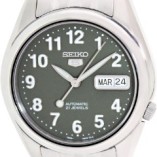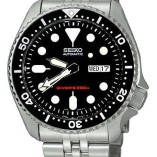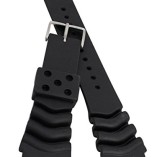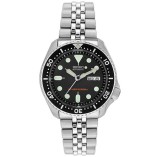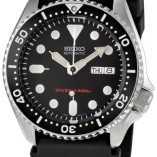The term ‘G10 Military watch ‘ is now used to describe a basic analogue military timepieces with steel case a black face and luminous to a certain specification.
This luminosity was first achieved by using dials and hands coated with Radium, however this was changed once more was known about the dangerous of radioactivity.
These types of wrist watches have been issued since the first World War and at great number were issued to the British Army towards the end of World War Two but were then known as W.W.W watches or “Wristwatch Waterproof Watch”.
These were only water resistant and certainly not suitable for swimming, but featured a 15 jewelled movement and shatterproof Perspex crystal but little in the way of shock proofing.
With deliveries starting in mid 1945, they were apparently completed by the end of 1945; past VE and VJ days.
Manufacturers included: Timor, Omega, Buren, Cyma, Eterna, IWC, Lemania, Vertex, Grana, Jaeger Le Coultre, Record and Longines
More familiar G10s, known as W10s, started to appear in the 1960s and ’70s made by Smiths, CWC and Hamilton.
However Vertex w.w.w watches were still being and signed out to troops right up until the Gulf War having a long shelf life.
The Smiths military wrist watch was the last mechanical watch issued to the British Army and the early 1980s saw the gradual replacement of wind up watches for quartz models from both CWC and Precista.
More recently Pulsar G10’s have been issued but these are said to have a shorter shelf life when compared to some of the previous G10 and certainly than the W.W.W’s.
‘G10s’ can be found both with and (generally) without date windows and whilst the earlier ATP & WWW issues were either mechanical or (in some cases) self-winding automatics, more modern watches are battery powered quartz. The glass – or ‘crystal’ – can also differ from contract to contract but G10s are generally acrylic.
Since 2009 the UK Armed Forces General Service Watches have been supplied by Seiko but in quite small numbers.

